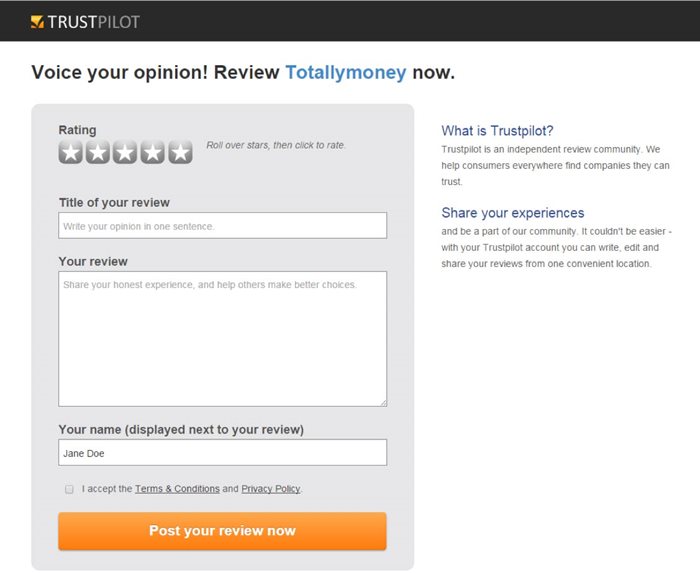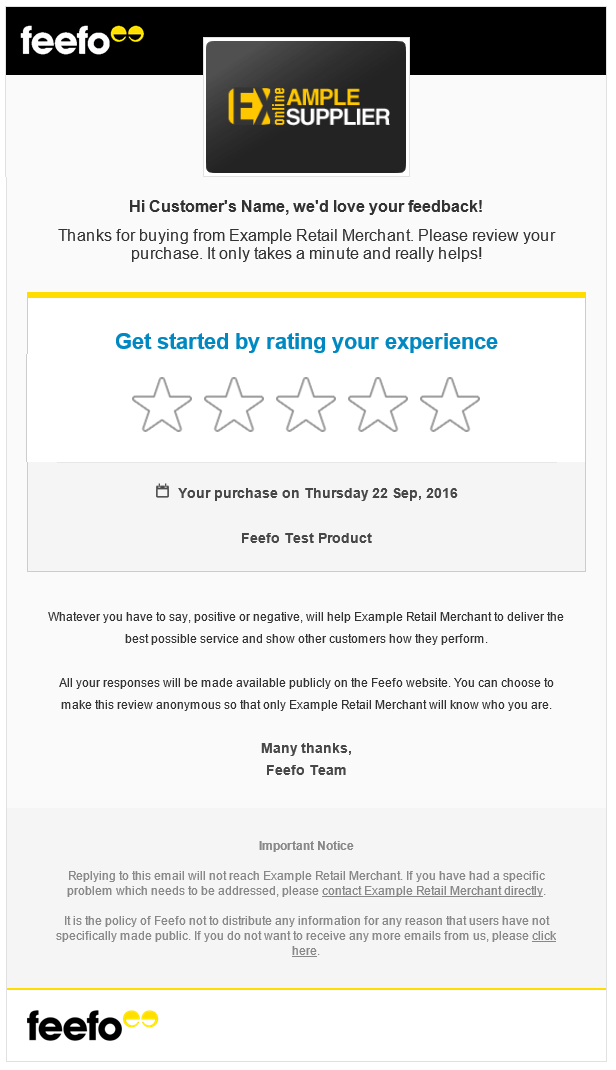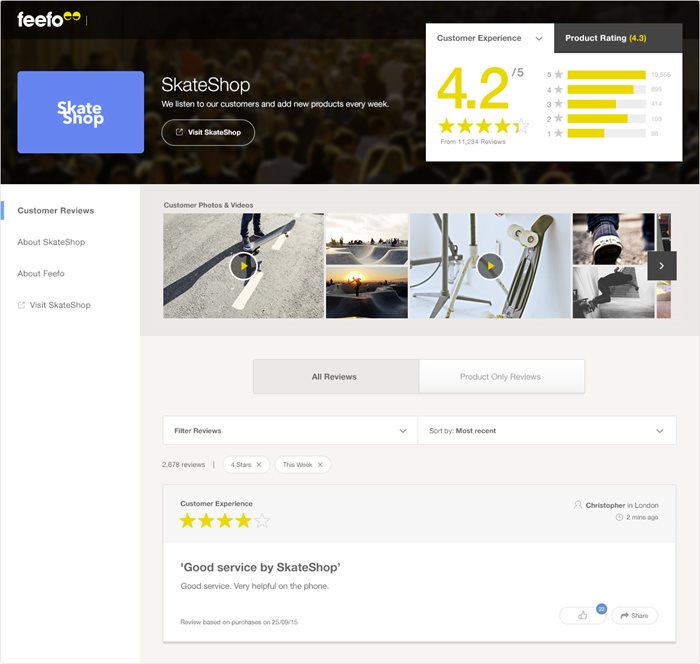Customer Review Management Software: In today’s widely competitive online market, maintaining a positive brand image is critical to sales. Your reputation is everything, and if consumers are skeptical about the quality of your product or service, they will not buy. This is why customer reviews are so incredibly important for businesses today.
For upon |According to a report by BrightLocal, 73% of online shoppers stated that positive feedback made them trust a business more than before. Customers are doing far more research these days than ever before, as the average consumer seeks out at least seven reviews before they buy.
Clearly, one of the best ways to create trust and influence your customers to make a purchase is to showcase reviews and make them as visible as possible. This is why many brands have turned to Customer Review Management tools to collect and display relevant feedback for their products and brands.
When it comes to choosing a customer review management system, it is important to note that not all features are created equal. Some are more important than others, and some are total non-negotiables. Two of the leading platforms on the market currently are Trustpilot and Feefo. Both of these tools bring some highly beneficial features to the table while still offering their unique spin on customer feedback management. Customer Review Management Software.
Curious to know what those features are? Let’s discuss.
1. Open or Invite Only
The method that your brand uses to gather customer feedback is very important. There are essentially two approaches that your company can take when it comes to collecting reviews: open platform or invite-only. Both methods offer their own lists of pros and cons which should be considered beforehand.
With an open platform, any person is allowed to leave a review at any time. This ensures full transparency, a factor that is incredibly important to maintaining trust between a brand and its customers. When a brand does not do anything to hide or delete negative reviews and welcomes everyone to share their opinion, it communicates a commitment to honesty.
Trustpilot is an open platform that allows anyone to leave a review, as long as they’ve had an interaction with the brand they are reviewing. (Trustpilot’s compliance team will investigate any review to ensure this is true). Trustpilot uses anti-fraud technology to eliminate spam and fight fake reviews. Businesses are not allowed to change or delete feedback, as long as that feedback is authentic. That’s right, you cannot delete or hide reviews simply because they are negative. But a business may flag reviews for the compliance team to look at and determine whether they violate company guidelines.
Additionally, Trustpilot allows you to send review invitations, so you get the best of both worlds with a transparent company that doesn’t shy away from its customers, but also gives you the ability to ensure you are receiving reviews from verified customers via invitation.

Many businesses fear that an open platform will attract more negative reviews from disgruntled customers, which is why some companies opt for invitation-only feedback. Feefo allows companies to create their own unique invitations to send to customers after purchase and request their sentiment.

This ensures that every single review is genuine and verified, giving businesses more control over who leaves feedback. However, it also provides brands with the opportunity to filter or manipulate their brand sentiment. This is anything but transparent and trustworthy in the eyes of customers. For instance, if a brand knows that a customer is upset, they may refrain from inviting them to review their experience. The result is a less-than-genuine overall brand perception for consumers.
It is important that businesses weigh their options on this. Again, it comes down to building trust with your customer base. If your brand wants to do this through open platforms with full transparency, Trustpilot is a better option. However, if you want a little bit more control over who leaves reviews, then Feefo may be more ideal.
2. SEO Benefits
When it comes to ranking organic search results, customer reviews can provide helpful keywords for Google to pick up on. Google’s RankBrain determines how high your business will appear on search results based on numerous reasons, but customer reviews do makeup 13% of ranking factors. However, it does make relevancy, value, and helpfulness of content a priority when matching up results to a search.
Feefo offers two integrations that correlate with Google Organic Stars to boost SEO results. First, it uses an On-Page integration that allows content from customer reviews to be picked up by Google’s algorithm for ranking purposes. The second one is a Customized Integration of Review API, which essentially determines the context and implications of the content. It then segments clips that can be used to qualify for Rich Snippet Stars on Google results. While Feefo prioritizes content for this, brands must manually set up this feature.
Trustpilot brings many SEO benefits to the table. The traffic volume this platform gets on a monthly basis helps qualify it as an Alexa 500 website. To give you an idea, Trustpilot gathers roughly 2 million new reviews every month in more than 60 countries. These reviews are seen over 3 billion times/month. Trustpilot is also a verified Google Review Partner, which means that the search engines see content posted on this site as credible and factor it into a business’s organic rankings. Trustpilot also offers a widget called TrustBoxes, which allows businesses to showcase reviews directly on their website. This helps companies rank for long-tail keywords, and qualifies them for Rich Snippet Stars in organic searches.
However, it is important to keep in mind that Google is very strict about its Rich Snippet Star policy, so no guarantees can be made.
In order to attract new customers who are looking for your business or product, your site must be optimized for search engine results. By integrating customer reviews throughout your website, you are giving Google more content to go on when matching up results to an organic search. While both of these platforms offer their own specialized tools to help increase the chances of higher rankings, SEO is an area where Trustpilot comes out on top. This is due to the sheer volume of content and the worldwide presence of the platform.
3. Photo and Video Review
Marketers know that visual aids boost engagement dramatically with advertising content, and the same rules apply to customer feedback. Seeing real pictures or videos of a product that comes from customers is more trustworthy and memorable than branded content. Plus, 88% of online shoppers actually look for this kind of user-generated content (UGC) before making a purchase.
Feefo makes it exceptionally easy for your customers to upload their own videos and pictures to their reviews, which according to their research, can boost conversions by up to 86%. All of this content can be displayed as a photo gallery on your product page to allow customers who are doing research to browse without reading each review individually.

Unfortunately, Trustpilot does not offer this integration on their review forms, though they do recommend integrating UGC visual content into your marketing strategies. They also allow brands to upload UGC from other sources (such as social media posts) to create unique images for marketing. Customer Review Management Software.

UGC is very powerful for brands to use, and adding visuals to written reviews can take things to the next level. Feefo’s approach to UGC is very straightforward by allowing customers to instantly upload their own content, but Trustpilot does include some options for brands to create their own forms of UGC for ongoing use.
4. Social Media
While 97% of customers use search engines to check out reviews for a business, social media reviews are becoming increasingly more important and influential as well. Currently, nearly a third of customers will also look at social media posts about a product or company before buying.
Trustpilot allows your brand to establish social proof by creating custom images for your social pages. You can either upload product images, choose from Trustpilot’s vast library of content, or even use posts from your customer’s social media pages and include real reviews for genuine content. Reviews can also be shared on your social media pages, including Twitter, Facebook, and LinkedIn.
Feefo also allows all customer reviews to be instantly shared on your brand’s social media pages through their Social App. Feefo also offers a specific Facebook integration that will display all of your customer feedback and overall star rating right on your business’s Facebook page for highly visible social proof.
It needs to be as easy as possible to integrate customer reviews into your social pages. These features from both Trustpilot and Feefo make it extremely easy to share and display feedback to attract more social shoppers. Customer Review Management Software.
In conclusion
Both Trustpilot and Feefo offer the essential tools and features that customer review platforms should, which is why they are two of the most popular management tools on the market today. Be sure to do your own research by checking out the customer reviews of Trustpilot as well as Feefo reviews to figure out which platform would be the best fit for your brand.
The article was originally published here.


Comments are closed.